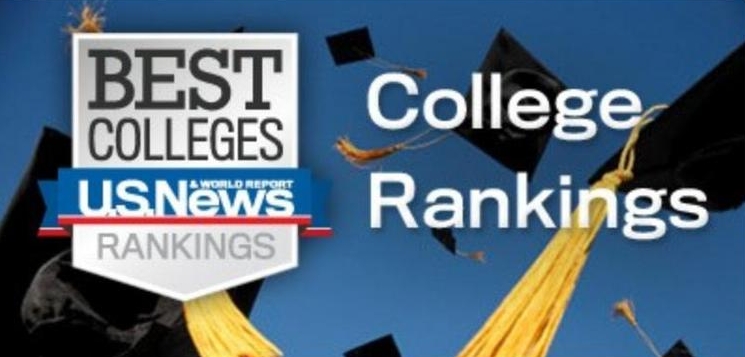All is well at Connecticut College—the birds are chirping in the morning, the skunks are skittering about in the moonlight and the prospective students taking tours of campus are about to get a little bit smarter looking. As you likely have heard, Conn has recently been upgraded in the eyes of the premier source for college rankings, U.S. News & World Report. In the latest edition of the perennial list that keeps college presidents awake at night, Connecticut College has hurdled up four positions, from last year’s 41 to its current spot at 37 in U.S. News’ National Liberal Arts College category. It’s likely that you’ve heard some of your friends talking about how we’re no longer the lowest ranked NESCAC school (don’t get too excited just yet; we’re now tied with Trinity for that honor). No matter how large a critic of these rankings you are, be honest, you’re at least a little proud of Conn. Some might now even feel a little more assurance about finding that elusive job or getting into that top graduate school post-graduation. Rankings are a tool that a great deal of people pay attention to, and a great majority of us likely used them to make decisions when we were the students on tours. They’re a resource that many after us will also likely use. The question, though, is should they be this important?
In the words of U.S. News, they have been ranking colleges every year since 1983, “to help [college applicants] make one of the biggest decisions of [their lives].” In this respect the actions of U.S. News should be highly venerable, because as many of us know, picking the right college is far from easy. Understanding what any particular college experience is like requires a gargantuan amount of information, of which the average applicant can discern only so much. That’s where the ranking services come in; they make their best attempts to gather all of the information that the average high school student simply can’t and then they try to translate it into an understandable language. SAT scores, acceptance rates, student-to-faculty ratios, financial aid information, graduation rates, retention rates, survey information and a handful of other nicely quantifiable statistics are all factors in this process. It’s debatable what the importance of any of these statistics actually is, but nonetheless they become highly important in the ranking process. Surveys of college administrators and students have their place as well. Then you have the information – the kind that actually affects how much each of us truly enjoys our time spent in college – much of which is likely impossible to quantify at all.
Expert opinions become welcome when making difficult decisions, but on the flipside, how can such mounds of varied information be compressed into a neat and tidy number or letter score with any sort of consistency? Furthermore, how does it become mass-produced and standardized for consumption by a hugely varied base of consumers, each with their own idea on what warrants a good score? How can this information hold any worth after so much compaction and contortion? The truth is that it probably doesn’t.
So while it’s hardly a bad thing that Conn has been looked upon a little more kindly this year it hardly means that we’re any better or worse than any other college on the list. This likely isn’t breaking news to many, but it’s at least something worth being thought about. In today’s world, one where the easiest and most digestible sources of information become the most looked at, it can sometimes be easy to forget that there’s an entire wormhole of a story beneath even the tiniest speck of a headline. We all know the kids that will never be satisfied unless there’s a “#1” stamped next to everything they associate themselves with. The important thing to remember when it comes to these matters is who is doing the stamping: is it you, or is it some self-proclaimed expert simply trying to sell a few more magazines? •









